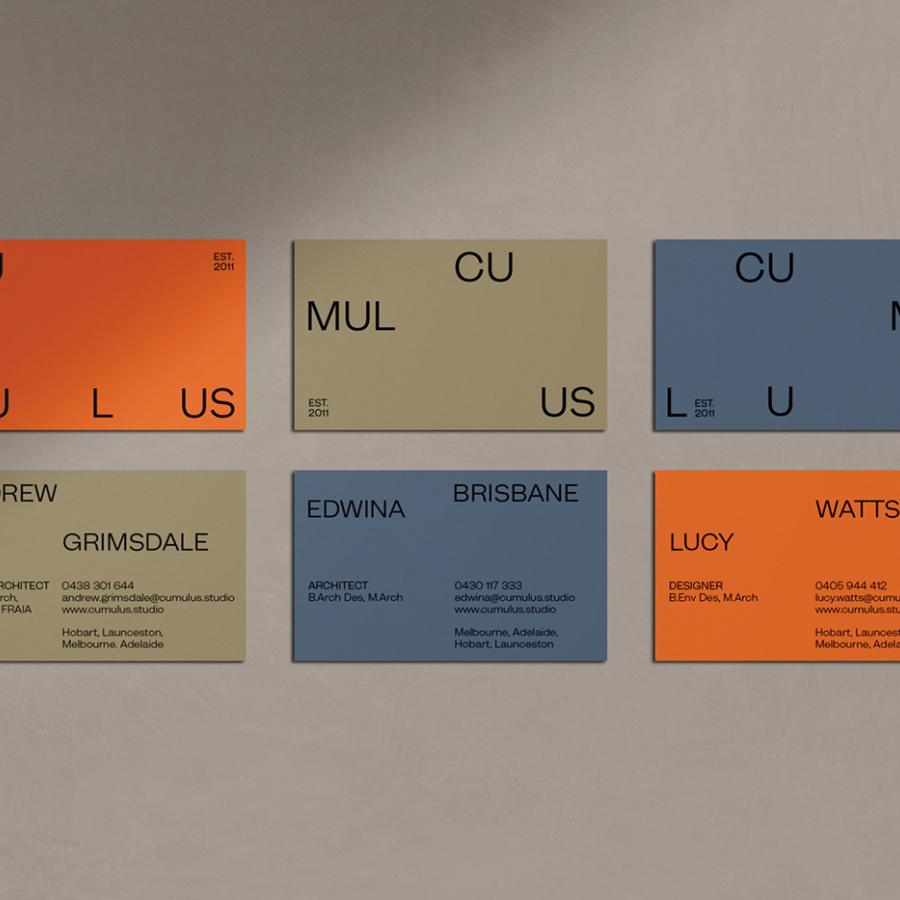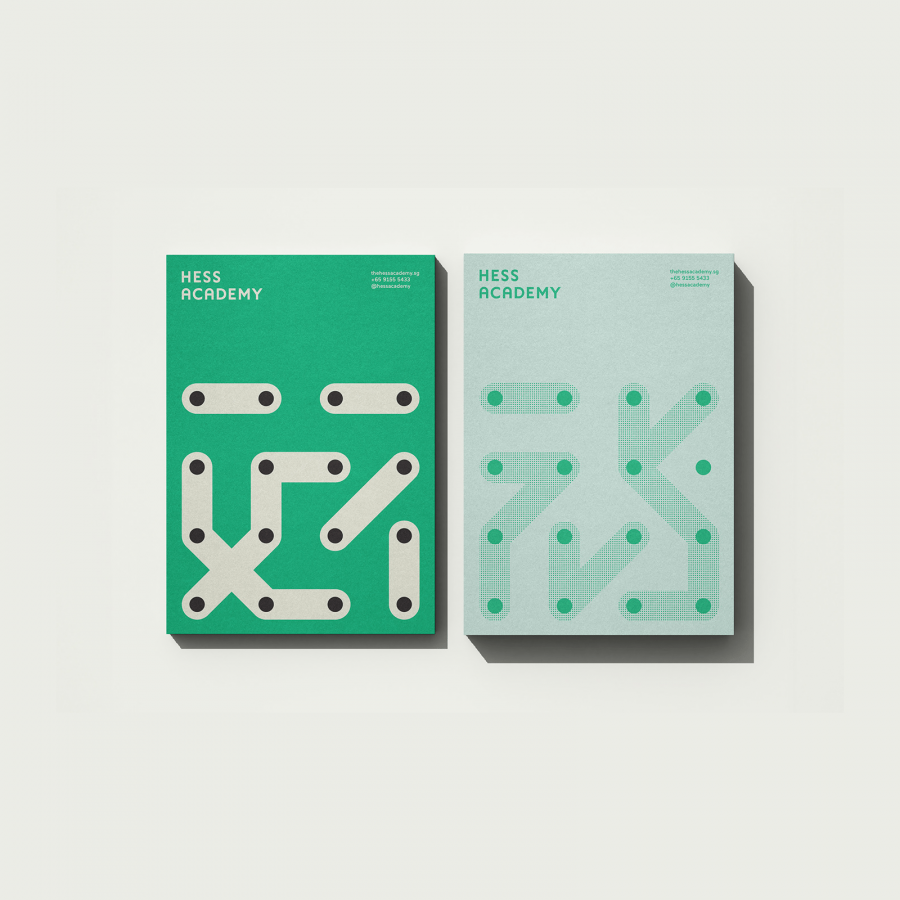In the heart of Kurashiki, Okayama, a new dawn breaks with the aroma of freshly baked pastries wafting through the streets. This is not just another bakery, but the dream-turned-reality of sisters Yumi and Hito. Breaking free from the shackles of their mundane jobs, their daring vision gave birth to "Bakery Two." And while Yumi’s playful, easy-going spirit played with Osouzai bread, Hito’s perfectionist touch guaranteed every loaf was impeccable.
It was this unique combination of personalities that designer Jin Fujiwara sought to capture when given the challenge of branding this blossoming bakery. Drawing inspiration from the contrasting yet harmonious nature of the sisters, Fujiwara transformed their distinct characters into mascots. These lively illustrations, showcasing Yumi’s zest and Hito’s precision, became the heart of the bakery's identity. Such a move is not just about aesthetics, but about weaving a narrative. When customers walk into the bakery, they aren’t just buying bread; they’re investing in the sisters’ story.
However, what truly set this brand design apart was the audacious choice of color palette. Merging vibrant yellows with deep blacks, Fujiwara created a visual symphony that echoed the sisters' harmony. This dynamic contrast not only ensured Bakery Two stood out in the crowded market but also evoked warmth, reminiscent of the glowing morning sun and the depth of a starry night.
Furthering the playful ethos, the branding voice danced to the rhythm of hip-hop, taking inspiration from famous lyrics. Such a choice might seem unconventional for a bakery, yet it flawlessly mirrored the bakery's ambient tunes and the sisters' unique vibe.
As brands continually seek differentiation in a saturated market, it's heartwarming stories like that of Yumi and Hito, brought to life by brilliant designers like Jin Fujiwara, that remind us of the potent blend of authenticity and innovation. "Bakery Two" is not just a bakery – it's an experience, a brand, and above all, a testament to the power of dreams.
Branding and visual identity artifacts
For more information make sure to check out Jin Fujiwara.





